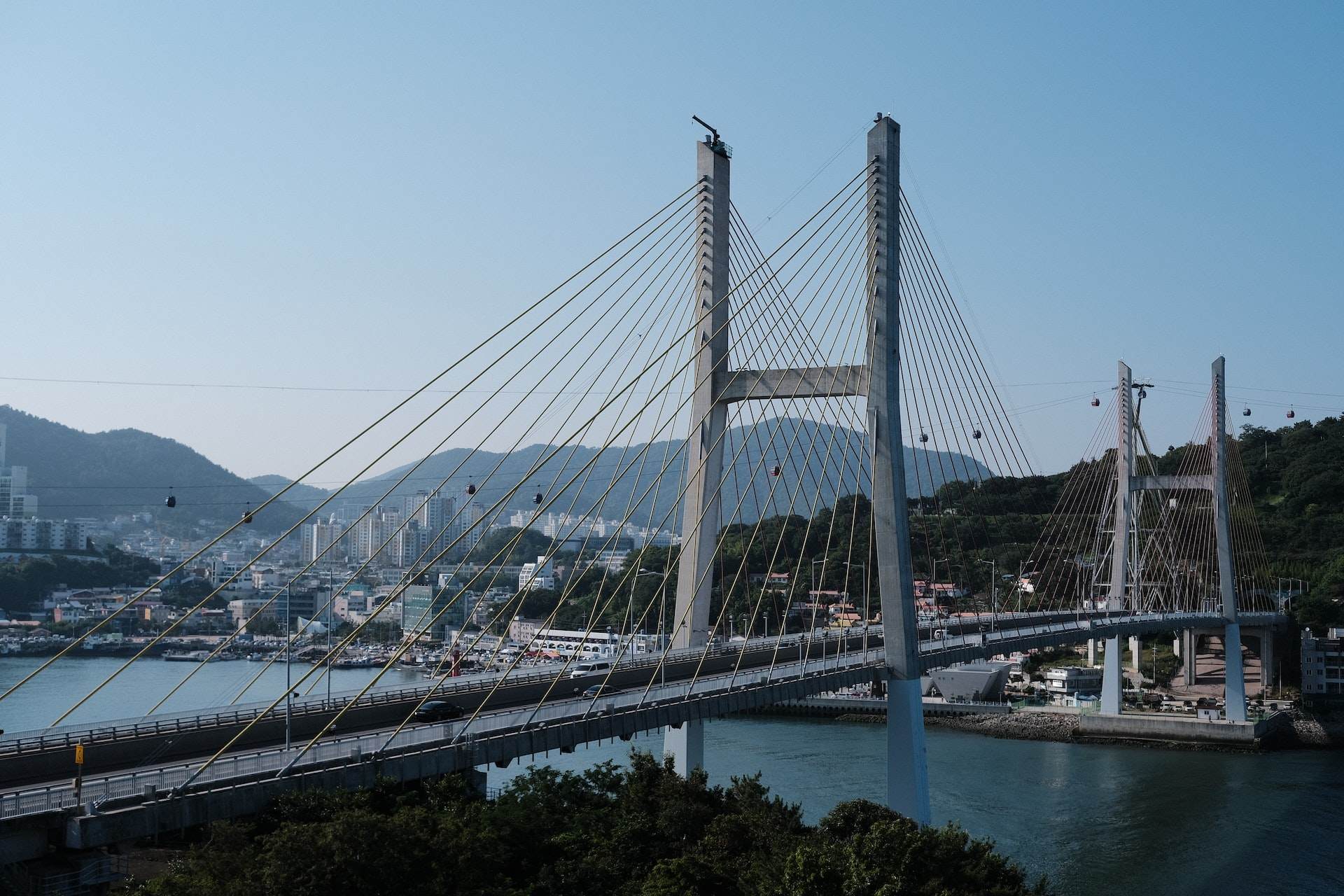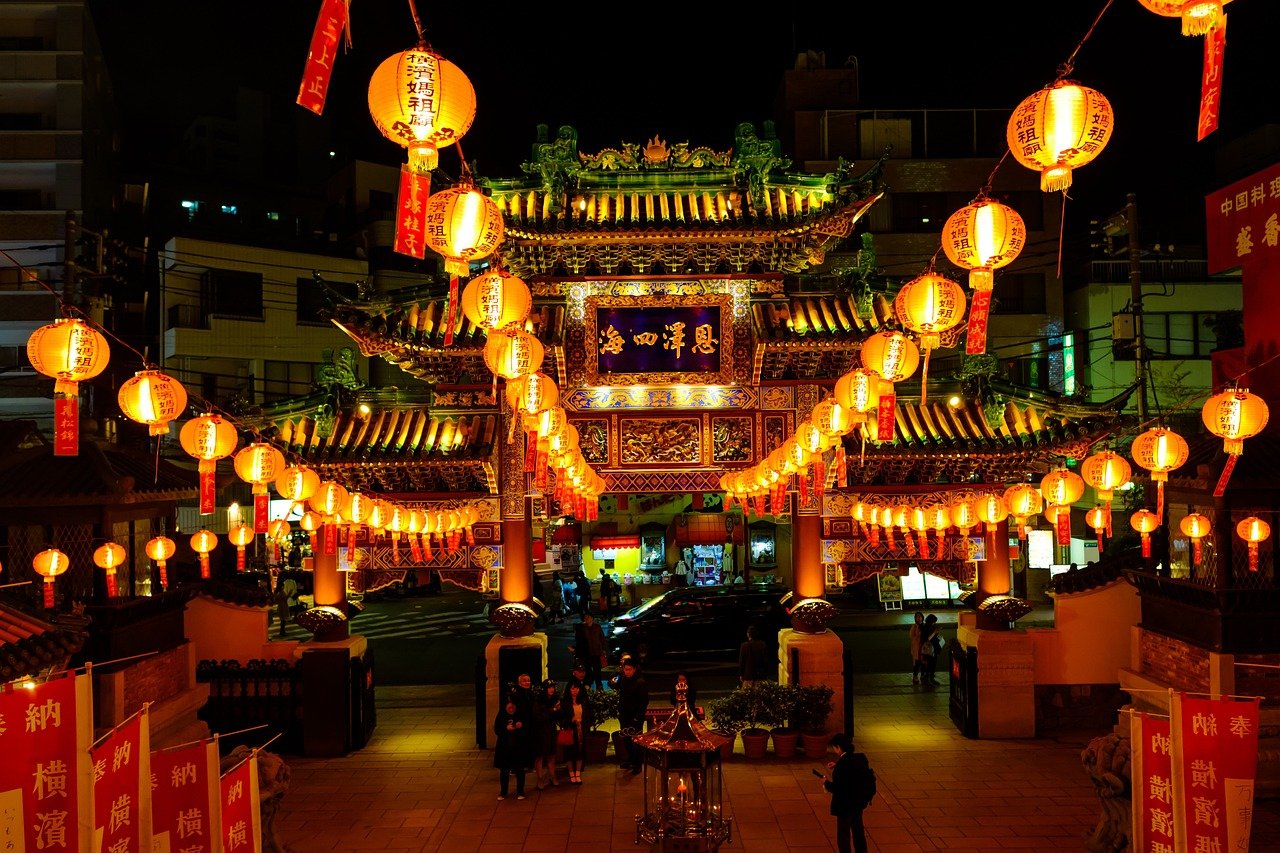Yogyakarta weather is an interesting topic for many tourists who are planning to visit this beautiful city in Indonesia. Known for its rich culture and history, Yogyakarta is also home to a diverse range of weather patterns. This article will explore the different types of weather that can be expected in Yogyakarta throughout the year, as well as the best time to visit the city.
The city of Yogyakarta is located in the south-central part of the island of Java in Indonesia. This location puts it in the equatorial region, which means that the weather is typically warm and humid all year round. However, the city is also influenced by the monsoon seasons, which can affect the weather patterns in different ways.
The monsoon season in Yogyakarta is divided into two main seasons: the rainy season and the dry season. The rainy season typically lasts from October to April, while the dry season lasts from May to September. During the rainy season, the city can expect to see heavy rainfall and thunderstorms, while the dry season is characterized by sunny skies and low humidity.
The temperature in Yogyakarta is also affected by the monsoon seasons. During the rainy season, the temperature ranges from 25 to 30 degrees Celsius (77 to 86 degrees Fahrenheit), while during the dry season, the temperature can reach up to 35 degrees Celsius (95 degrees Fahrenheit).
| Month | Low (°C) | High (°C) | Low (°F) | High (°F) | Rain (%) |
|---|---|---|---|---|---|
| January | 25 | 30 | 77 | 86 | 60 |
| February | 25 | 30 | 77 | 86 | 50 |
| March | 25 | 30 | 77 | 86 | 40 |
| April | 25 | 30 | 77 | 86 | 30 |
| May | 25 | 35 | 77 | 95 | 20 |
| June | 25 | 35 | 77 | 95 | 10 |
| July | 25 | 35 | 77 | 95 | 5 |
| August | 25 | 35 | 77 | 95 | 5 |
| September | 25 | 35 | 77 | 95 | 10 |
| October | 25 | 30 | 77 | 86 | 20 |
| November | 25 | 30 | 77 | 86 | 40 |
| December | 25 | 30 | 77 | 86 | 60 |
When it comes to deciding the best time to visit Yogyakarta, it ultimately depends on what type of weather and activities one prefers. For those who enjoy sunny and dry weather, the months of June to September would be ideal. During this time, the humidity is low, and the temperature is comfortable, making it perfect for outdoor activities such as visiting temples and exploring the city.
On the other hand, the rainy season can also be a great time to visit Yogyakarta. The heavy rainfall and thunderstorms can create a unique atmosphere that is perfect for exploring the city’s rich culture and history. Additionally, the local festivals, such as the Yogyakarta International Gamelan Festival, typically take place during the rainy season, making it a great opportunity to experience traditional Indonesian culture.
Another factor to consider when planning a visit to Yogyakarta is the peak tourism season. The months of July and August tend to be the busiest, with many visitors coming to the city to take part in cultural events and explore the local attractions. This can lead to crowded tourist spots and higher accommodation prices.
In conclusion, while the weather in Yogyakarta is relatively consistent throughout the year, the monsoon seasons can affect the temperature and humidity. The dry season is perfect for outdoor activities, while the rainy season offers a unique atmosphere for cultural exploration. The peak tourism season should also be taken into consideration when planning a trip to Yogyakarta, as it can affect accommodation prices and the crowd level at popular tourist spots. Ultimately, the best time to visit Yogyakarta depends on one’s preferences and travel goals.



